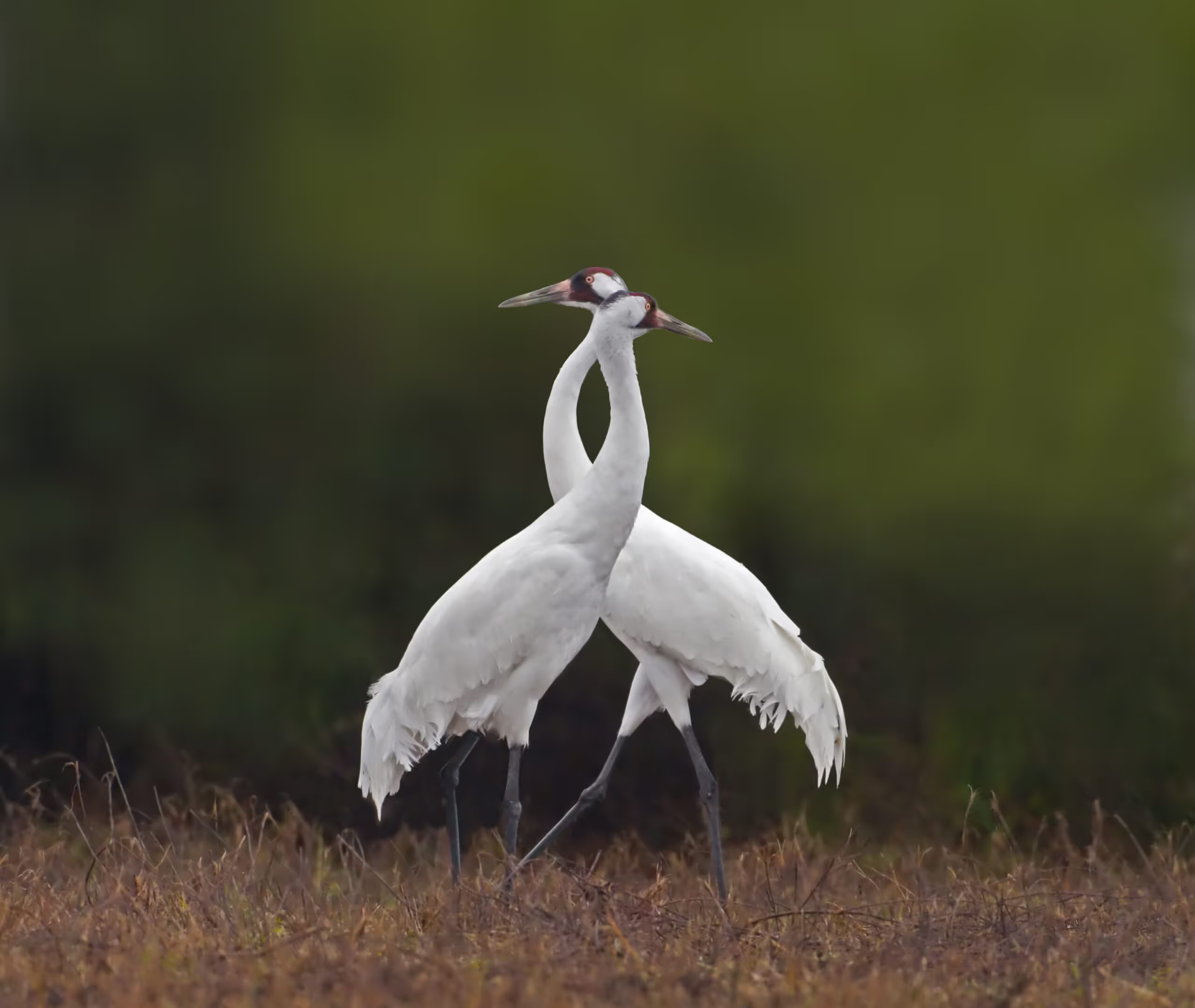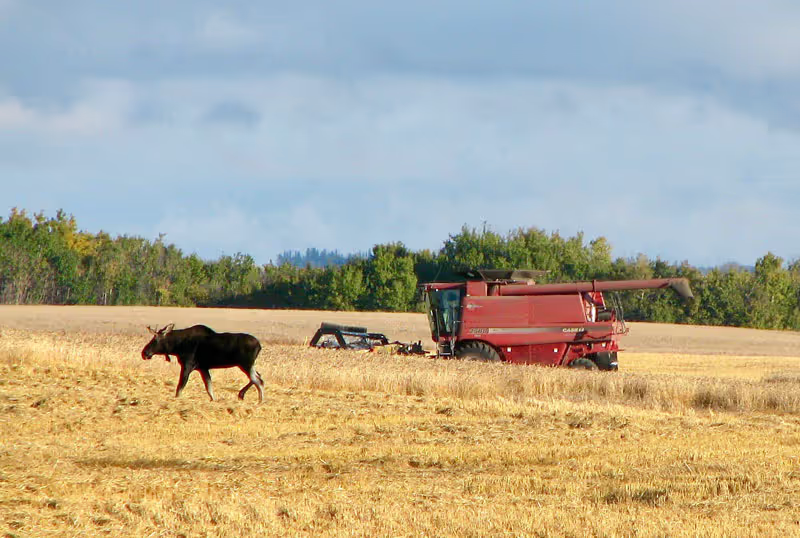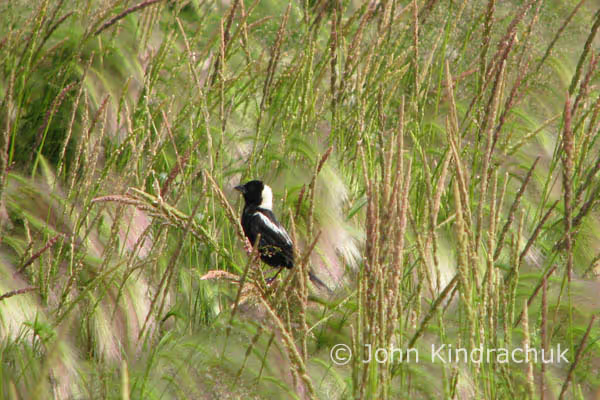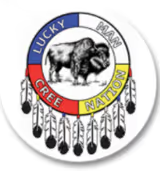In 2008, the temperate grasslands (where the RLBR is located) was declared as the world’s most endangered ecosystem by the International Union for the Conservation of Nature.

In 2008, the temperate grasslands (where the RLBR is located) was declared as the world’s most endangered ecosystem by the International Union for the Conservation of Nature.
This means that our commitment to biodiversity and conservation work is vital to ensuring longevity and health for all species (plants, animals, humans) within our region. We collaborate and work in partnership with several organizations to achieve this. Projects range from creating and securing sensitive habitat to collecting information and data for monitoring species and their trends. We look forward to more collaborative initiatives in the future from both volunteers and within our communities. Check out what we are currently up to below!


If you could guess, how many wild species call Canada home? After counting all species in the protozoa, chromist, fungi, plant and animal kingdoms there are over 80, 000 unique species known in the country (Wild Species Report, 2015). Imagine all of the different fish, birds, mammals, mushrooms, plants, trees and more that make up such a diverse ecosystem. Just like us, nature requires food, shelter and safety to be able to thrive and live long, healthy lives.
Unfortunately, due to a variety of human activities including urban development and expansion and intensive agriculture, life- sustaining conditions for these species continue to decline at an alarming rate, including in our own biosphere region.
In conjunction with The Species at Risk Act (SARA) of Canada and The Wild Species Report we are working towards collecting and documenting data about the 50 species in our region which fall under the following categories:
EXTINCT
The species no longer exists
EXTIRPATED
The species no longer exists in Canada’s wilderness but exists elsewhere
ENDANGERED
The species is facing imminent extirpation or extinction
THREATENED
The species will likely become endangered if nothing is done to reverse the factors leading to its extirpation.
OF SPECIAL CONCERN
The species may become threatened or endangered because of a combination of biological characteristics and identified threats.
In particular, the areas of Muskeg Lake First Nation, Mistawasis Nêhiyawak and our core area, Redberry Lake have a high number of species within these categories. This makes our biosphere region a prime location for researching, documenting and tracking the impact of human activities, especially due to the increase of agricultural development.









Redberry Lake and its four islands (Gull, Pelican, Old Tern and New Tern) are designated as a Canadian Important Bird Area (IBA). The goal of the IBA is to assess and conserve essential bird habitats of threatened birds like the Loggerhead Shrike, Piping Plovers and other colonial-nesting birds such as The American White Pelican. This international initiative is dedicated to conserve birds, their habitat, and biodiversity. The Redberry Lake Biosphere Region acts as a caretaker for the Redberry Lake IBA region through annual bird monitoring and habitat conservation projects.
If you would like to learn about Canadian IBAs or get involved as a caretaker check out the IBA website for more information.


